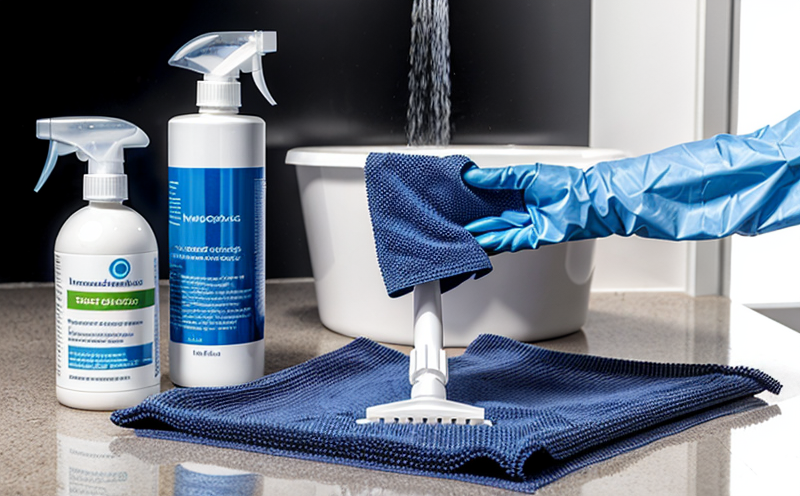ISO 21363 Microscopic Characterization of Nanomaterials in Hygiene Formulations
The ISO 21363 standard is a cornerstone in the field of nanotechnology, particularly for ensuring that products used in hygiene formulations are both safe and effective. This service focuses on the microscopic characterization of nanomaterials within these products, providing detailed insights into their physical properties which can have significant implications for product performance.
Understanding the behavior and distribution of nanomaterials is crucial as they can influence a wide range of characteristics in hygiene formulations such as efficacy, stability, and safety. By leveraging advanced analytical techniques, our laboratory ensures that each step of the process adheres to the stringent requirements outlined by ISO 21363. This includes not only identifying the presence but also quantifying the nanomaterials within the formulation.
The microscopic characterization involves several key procedures. Initially, samples are prepared according to standardized protocols ensuring that they accurately represent the product being tested. Once prepared, these samples undergo scanning electron microscopy (SEM) or transmission electron microscopy (TEM), depending on the size and nature of the nanomaterials involved. This allows for detailed visualization of particle morphology, size distribution, and spatial arrangement within the formulation.
Another critical aspect is the determination of the concentration of nanomaterials in the sample. This can be achieved through energy-dispersive X-ray spectroscopy (EDX) which provides elemental information about the sample. Additionally, dynamic light scattering (DLS) may also be employed to measure the size and dispersity of nanoparticles within the formulation.
The results obtained from these analyses are then compiled into comprehensive reports that provide a clear picture of the nanomaterials present in the hygiene product under scrutiny. These reports serve as valuable tools for quality assurance, regulatory compliance, and R&D activities aimed at improving or modifying existing formulations.
Scope and Methodology
| Step | Action |
|---|---|
| 1 | Collect and label sample in accordance with ISO 21363. |
| 2 | Clean the sampling container to prevent contamination. |
| 3 | Precisely measure and weigh the sample using appropriate scales. |
| Technique | Description |
|---|---|
| SEM | Provides high-resolution images of the sample's surface. |
| TEM | Offers even higher resolution than SEM for smaller particles. |
| EDX | Used to determine elemental composition of the sample. |
Quality and Reliability Assurance
- Strict adherence to ISO 21363 guidelines ensures consistent results across all samples tested.
- Regular calibration of equipment guarantees accurate measurements.
- Detailed documentation of each testing procedure and result enhances traceability.
- Internal audits are conducted periodically to maintain high standards within the laboratory environment.
Environmental and Sustainability Contributions
The microscopic characterization of nanomaterials in hygiene formulations also plays a role in environmental sustainability. By ensuring that these materials are used efficiently, we can help reduce waste associated with overproduction or inappropriate use.
This service contributes to sustainable practices by providing data that helps formulate products with minimal ecological impact while maintaining efficacy and safety standards. It supports the development of green chemistry principles where possible, aiming to minimize environmental harm throughout the lifecycle of a product.





